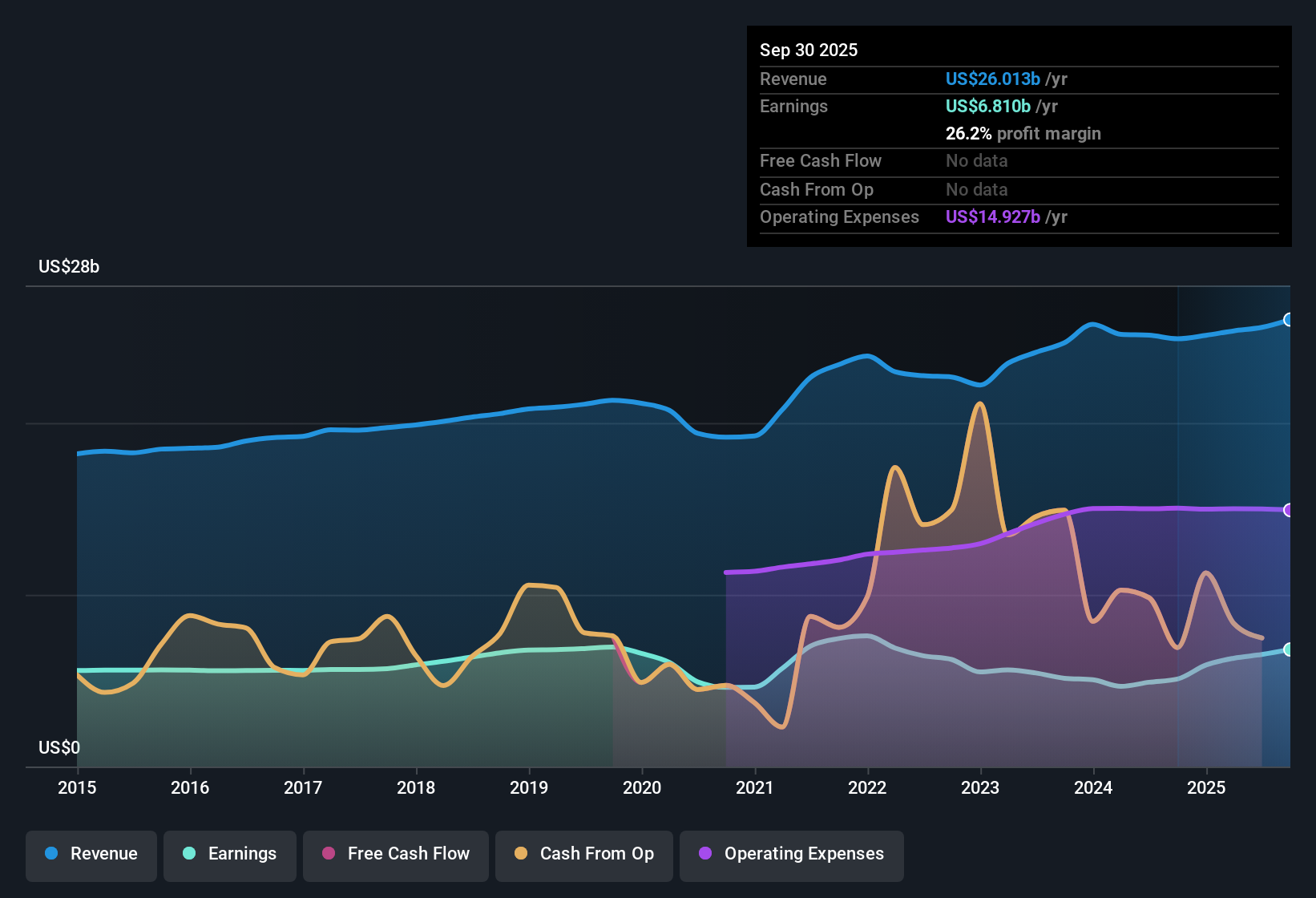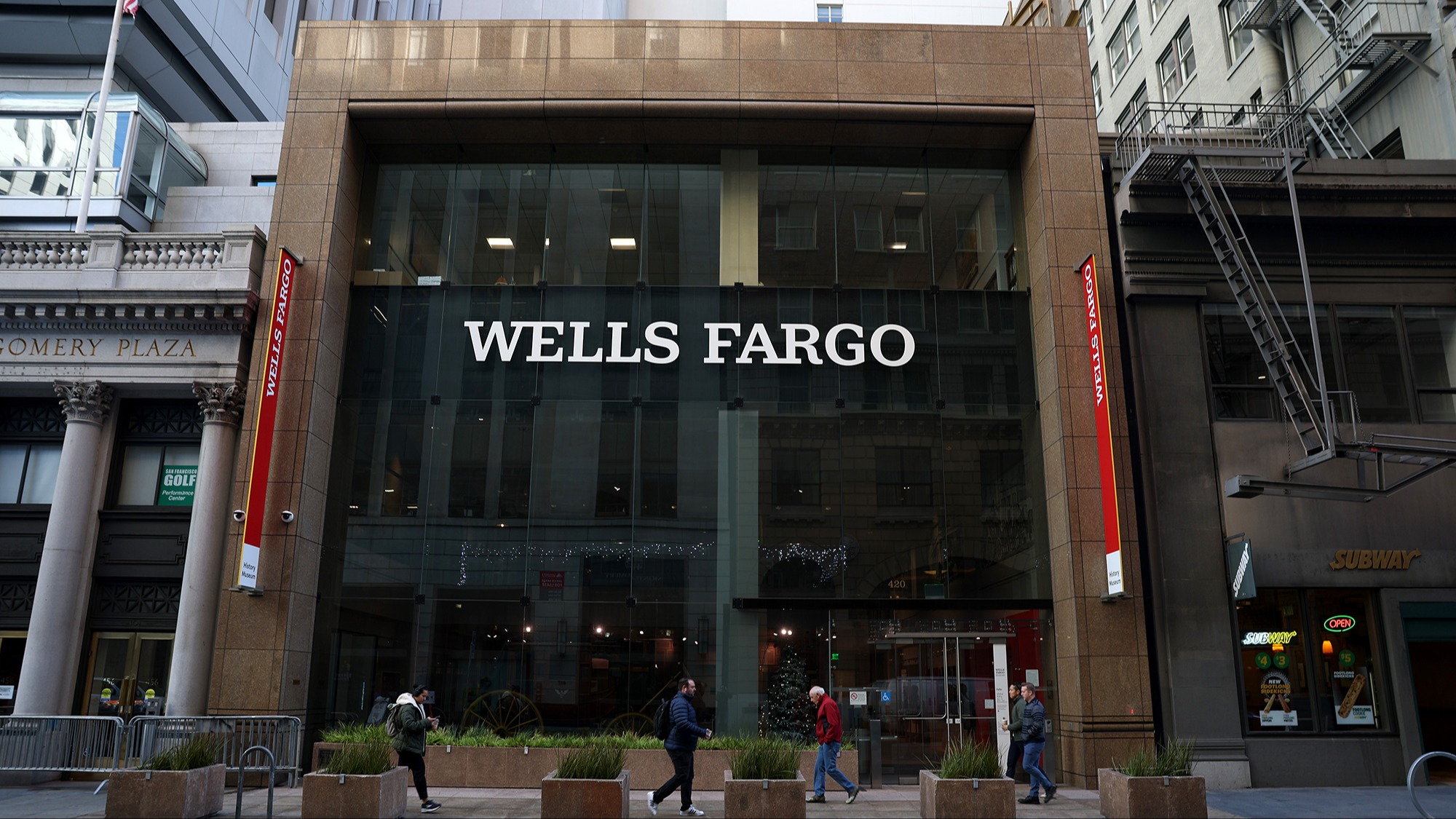In the volatile landscape of 2025, Truist Financial Corporation (TFC) emerges as a compelling case study for long-term investors. With a market capitalization of $57.277 billion and a 4.8% dividend yield, the stock has drawn attention from both institutional heavyweights and retail investors. This article dissects TFC’s institutional ownership dynamics, recent financial performance, and dividend sustainability to build a case for its strategic appeal.
Institutional Ownership: A Mixed but Resilient Picture
Institutional ownership of TFC in Q2 2025 revealed a nuanced landscape. While some major players, like Deutsche Bank AG (-29%) and Amundi (-80.8%), reduced stakes, others, including AQR Capital Management (+71.9%) and Capital International (+26%), significantly increased their positions. The Vanguard Group (9.1% ownership) and State Street Corporation (4.66%) remain anchor shareholders, collectively holding 50% of the company with no single entity dominating.
This mixed activity reflects divergent views on TFC’s future. On one hand, the reduction in stakes by global giants like Deutsche Bank signals caution. On the other, the aggressive accumulation by AQR Capital—a firm known for its quantitative strategies—suggests confidence in TFC’s undervaluation. Analysts at Citigroup upgraded TFC to “Buy” with a $55 price target, while TD Cowen maintained a “Hold” at $44. The stock’s 11.74 P/E ratio, below the sector average, further underscores its appeal to value-oriented investors.
Financial Performance: Navigating Volatility with Resilience
TFC’s Q2 2025 earnings report, released on July 18, 2025, highlighted its ability to weather turbulence. Despite a net loss of -$3.865 billion from continuing operations (driven by a $6.65 billion securities loss), the company posted a positive net income of $2.122 billion from discontinued operations. Net interest income of $6.899 billion remained a cornerstone, supporting the $0.52 quarterly dividend.
The dividend payout ratio of 56.1%—well above the Financial Services sector average of 41.3%—demonstrates TFC’s commitment to shareholder returns. This ratio, while high, is sustainable given TFC’s robust capital position, including a 11.0% CET1 ratio. The company’s ability to maintain dividends despite a net loss underscores its confidence in future earnings.
However, TFC’s debt-to-equity ratio of 7.39 (as of June 30, 2025) raises concerns. This figure, significantly higher than the sector average of 1.47, reflects a heavy reliance on debt. Yet, TFC’s diversified revenue streams—spanning consumer banking, wealth management, and commercial lending—mitigate this risk. The company’s strategic focus on digital adoption and Sunbelt expansion also positions it to capitalize on regional growth.
Dividend Sustainability: A Pillar of Long-Term Value
TFC’s dividend strength is a standout feature. Historical data shows a 100% recovery within 15 days of ex-dividend dates, with an average rebound time of just 2.17 days. A backtest of a dollar-cost averaging strategy with reinvestment outperformed benchmarks in all but one instance.
A backtest of TFC’s performance from 2022 to the present reveals a 71.43% probability of positive returns within three days of the ex-dividend date, with a 42.86% hit rate over 10 days. These figures reinforce the stock’s historical resilience and suggest that short-term momentum around ex-dividend events has been a consistent feature of its price action.
The upcoming ex-dividend date of August 8, 2025, offers a tactical entry point for short-term investors. For long-term holders, TFC’s 121% total payout ratio (combining dividends and buybacks) signals a disciplined approach to capital returns. The company’s CET1 ratio of 11.0% and $544 billion in total assets provide a buffer against volatility, ensuring dividend sustainability even in downturns.
Strategic Buy Opportunity: Balancing Risks and Rewards
While TFC’s high debt-to-equity ratio is a red flag, its institutional support, dividend resilience, and strategic initiatives create a compelling risk-reward profile. The Federal Reserve’s stress test results, which will reduce TFC’s stress capital buffer to 2.5% by October 1, 2025, further enhance its flexibility for capital returns.
For investors, the path forward is clear:
1. Short-Term Play: Purchase near the ex-dividend date to capitalize on the expected price rebound.
2. Long-Term Play: Focus on TFC’s net interest margin (3.02%) and digital transformation, which drive earnings and operational efficiency.
Conclusion: A Case for Prudent Optimism
Truist Financial’s institutional bullishness, coupled with its dividend strength and strategic agility, makes it a standout in the Financial Services sector. While its leverage is a cautionary note, the company’s capital discipline, diversified operations, and commitment to shareholder returns justify a strategic buy. As the next earnings report in late August 2025 approaches, investors should monitor TFC’s ability to maintain its dividend and execute its digital and Sunbelt expansion plans. For those with a 3–5 year horizon, TFC offers a rare blend of income and growth potential in a sector often dominated by caution.
Source: ainvest.com







